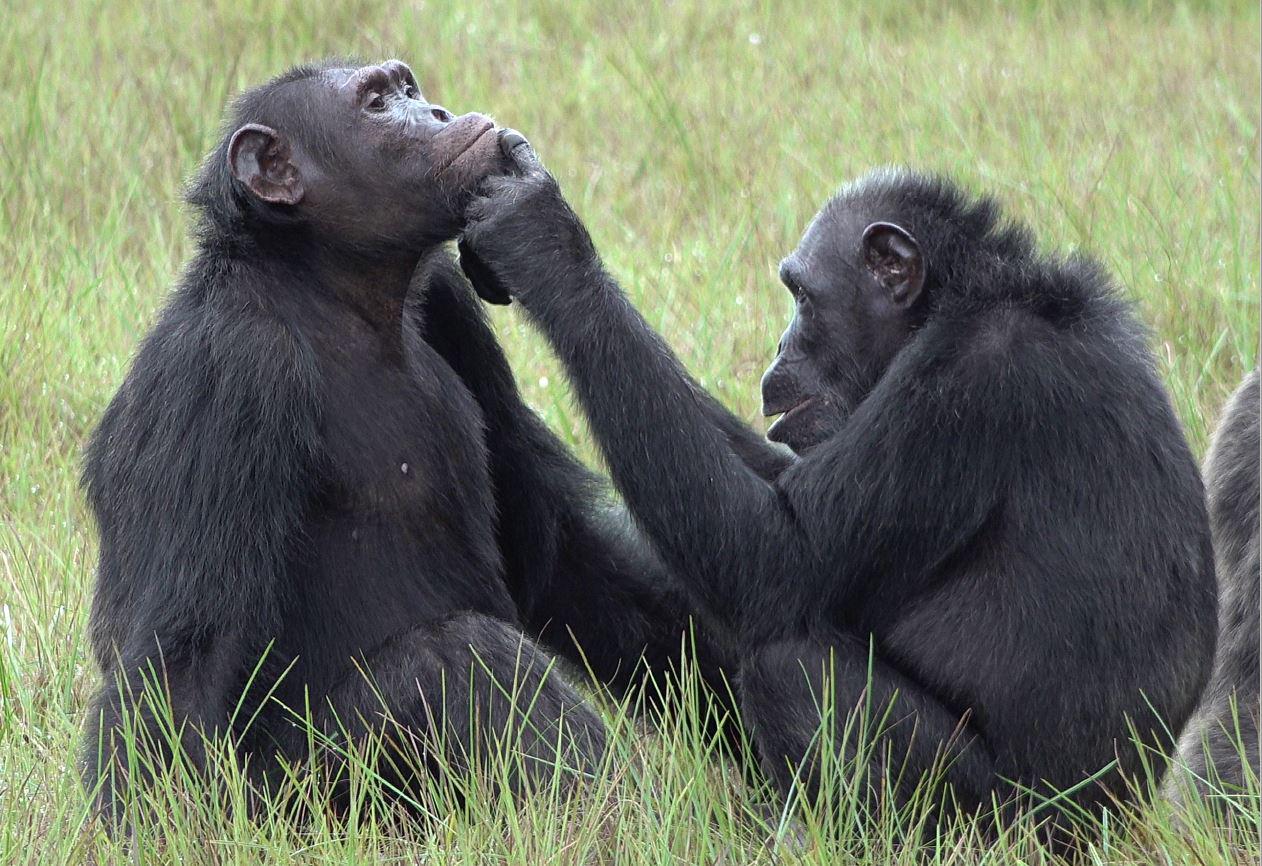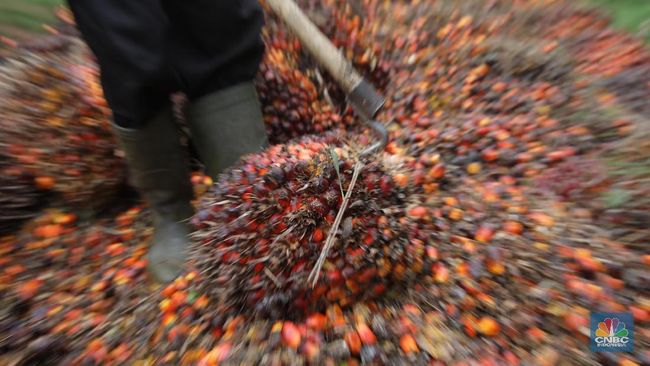We know mothers who make the pain disappear with a kiss. A chimpanzee mother smearing a flying insect over her son’s wound, we didn’t know that yet. A video and a scientific study about this were published today for the first time.
–
‘In the video you can see chimpanzee mother Suzee looking at the injured foot of her son Sia. She seems to be wondering what to do. Then she looks up, sees an insect fly by, and catches it’, describes evolutionary biologist Alessandra Mascaro. Then the mother puts the insect in her mouth and spreads it over the wound. Sister Sassandra watches with interest.
Empathy
Mascaro was able to film the special moment more than two years ago. She helps as a volunteer at the Ozouga Chimpanzee Project in the Gabonese Loango National Park, in West Africa. The researchers had never seen that in the seven years that they studied the group of chimpanzees. But in the 15 months since that first observation, the team managed to observe 76 more similar scenes.
The chimpanzees in Loango therefore often treat wounds with insects, both in themselves and in others. According to the researchers, this is primarily proof that the animals feel empathy for each other. They now want to find out which chimpanzees apply the technique to which species, and what this means for the social dynamics of the group.
Self-medication in animals
They also want to identify the insect used. ‘Many insect species are used as medicines in humans. Studies show that they can be effective against viruses, bacteria and parasitic worms,” said cognitive biologist Simone Pika, of the University of Osnabrück and Mascaro’s supervisor in Loango. Another point is that the insect could have an analgesic effect.
These chimpanzees are not the first animals to be caught self-medicating. This phenomenon has had a name since 1993: zoopharmacognosia. The best-known example of this are cats and dogs that eat grass to vomit.
In addition, there are hundreds of other examples: pregnant elephants that eat the leaves of a specific tree to initiate labor, sick-looking great apes that fight parasites by eating leaves from plants that are not in their normal diet, and more than 200 bird species that ants rub their feathers to rid themselves of lice.
Preserving Biodiversity
The phenomenon makes one dream of new human medicines, with hitherto unknown natural ingredients. It is an often heard argument to make more efforts for biodiversity and nature conservation.
For Tobias Deschner, a primatologist associated with the project, it also underscores its sociological importance. ‘Studying great apes in their natural environment is crucial to learning about our own cognitive evolution. We need to do even more to protect them and their natural habitats.
The scientific article appeared on Monday in the professional journal Current Biology.
–


